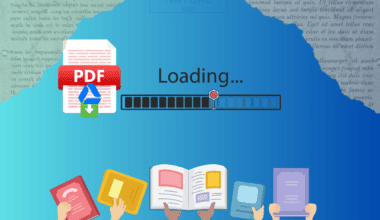Do you often have nightmares about your bookshelves tipping and falling over your family member or pets?
Your nightmare may become true, especially if you own a large bookshelf with many books or live in a seismic area with frequent earthquakes.
In short, the solution to your problem is to anchor bookshelves to the wall.
Anchor bookshelves to the wall using screws and metal corner brackets to fix them against the wall; otherwise, use furniture safety straps with Velcro strips, heavy-duty glue or adhesive, or Qdos anti-tip technology.
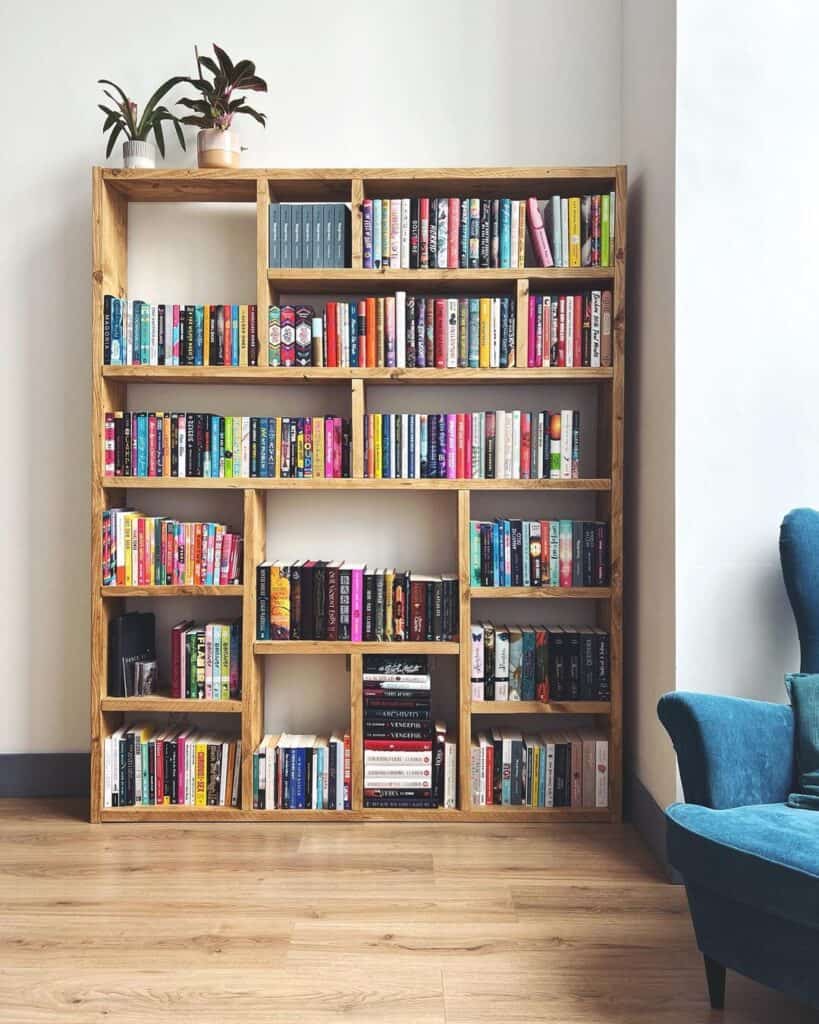
You can also use furniture braces to tilt it slightly back without damaging the bookshelf, but it may not be a permanent solution.
The choices to stabilize your bookshelf are endless! Read on to find out how to best anchor your bookshelf to the wall.
Table of Contents Show
Why Anchor Bookshelf to the Wall?
Anchoring large pieces of furniture like a tall bookshelf may be a good idea to prevent it from tipping over.
The many examples of Hollywood movies where the protagonist tips one bookshelf over another, creating a domino effect to escape villains, should be enough!
The tall bookshelves are health hazards when not anchored or strapped to something.
For example, a slight bump or a high Richter earthquake can tip the bookshelf from its place, causing it to fall over humans, pets, and other items.
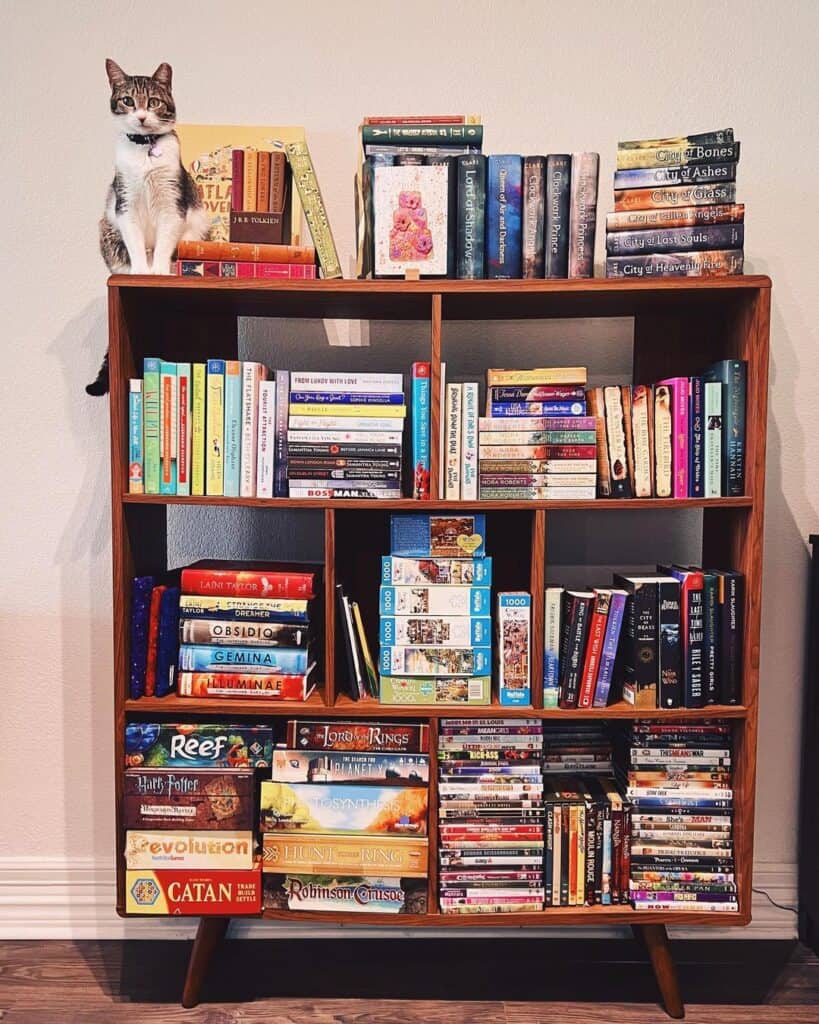
Similarly, curious children and playful pets climbing the bookshelf to retrieve items can easily tip it over themselves, causing fatal injury or even death.
Therefore, securing or anchoring a large, tall bookshelf to the wall will prevent many tragedies.
However, you need not worry about drilling a screw into the bookshelf and wall, which may damage the décor, as there are many alternatives to drilling a screw.
How to Anchor Bookshelves?
Anchoring the bookshelf is one proven way to prevent it from falling over.
Many regions susceptible to high Richter earthquakes anchor large furniture to the wall to prevent even the slightest accidents.
Using screws and L-shaped brackets are the best tools to anchor any bookshelf to the wall. You can attach the bracket to the wall and drill the screw to anchor it.
Otherwise, you can install one bracket into a wall and another into the bookshelf and tie both together using a solid steel or nylon cable.
Consumer Reports recommend using steel cables or nylon straps instead of plastic brackets or zip ties which can turn brittle or snap.
Materials Required to Anchor Bookshelf
Here is the list of essential items to anchor a bookshelf to the wall.
| Materials | Specification |
|---|---|
| Measuring tape | A commerical measuringt tap to estimate distances. |
| Stud finder | A handheld device to locate framing studs located behind the wall. |
| Pencil | To mark the estimates |
| Industrial metal brackets | At least two stainless steel, aluminum, or brass metal brackets |
| Wall screws (#8 or #10) | Get couple of wall screw with #8 or #10 diameter in size. |
| Furniture Screws (#8) | Get couple of screws with #8 diamter in size |
| Power drill | A power tool to drill screws into the wall and bookshelf |
| Super glue | A commercial adhesive to bind the wood post to the bookshelf |
| Wood post | Some spare wood to use as a post between the bookshelf and the wall |
Step-by-Step Instruction to Anchor Bookshelves to the Wall
Here is the step-by-step instruction to anchor a bookshelf to the wall.
1. Measure the Bookshelf’s size
Pull the bookshelf away from the wall and measure its height and weight. Shelving brackets should be spaced no more than 24″ apart.
At least two brackets attached to the top will secure it in place. Consider attaching at least three brackets spaced 20 to 24 inches apart to more extended desks, usually those over 5 feet long.
2. Attach Wood Post to the Backside
Cut at least two wood posts sized 3″ (height) x 2″ (wide) x 1″ (depth) from any spare wood.
Attach them to the edges of the backsides of the bookshelf to keep a safe distance from the wall.
You can attach them to the bookshelf using super glue or #8 screws drilled through the wood post.
3. Drill Holes and Attach Brackets
Start with measuring the space between the wall where the L-shaped brackets would go and mark it with your pencil.
At least two brackets installed 2 feet apart would suffice for a single bookshelf measuring 3 to 5 feet wide.
For dry walls, check where there are studs to drill holes into using a stud finder.
Next, attach the bracket to the wall by drilling screws into the bracket holes to fasten them.
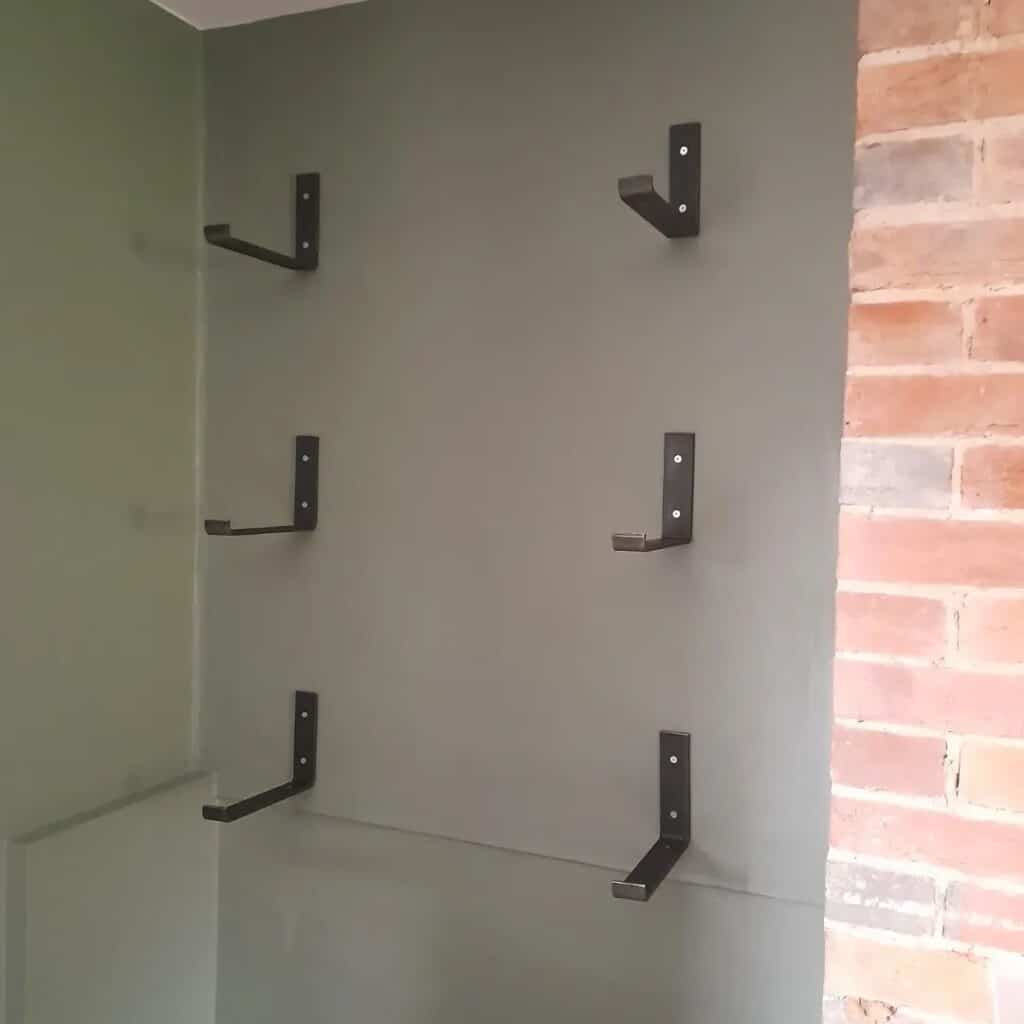
4. Anchor the Bookshelf
The final step is to anchor the bookshelf to the wall using the brackets.
Move the bookshelf in place and drill eight screws through the other end of the bracket hole into the bookshelf.
Voila! Anchoring the bookshelf to the wall is completed!
Finally, nudge the bookshelf to check whether it is well anchored to the wall.
Stabilizing Bookshelves on the Wall
Here are a few alternatives to anchoring the wall without drilling the wall, where some may not require adding a bracket altogether.
1. Using Nylon or Steel Strips
You can install two brackets, one to the wall and another to the bookshelf, and fasten them using a nylon or steel strap.
Use the above steps to attach the bracket to the wall and bookshelf’s top.
When done, place your bookshelf with two brackets close to each other, and tie both ends using a nylon or steel strap.
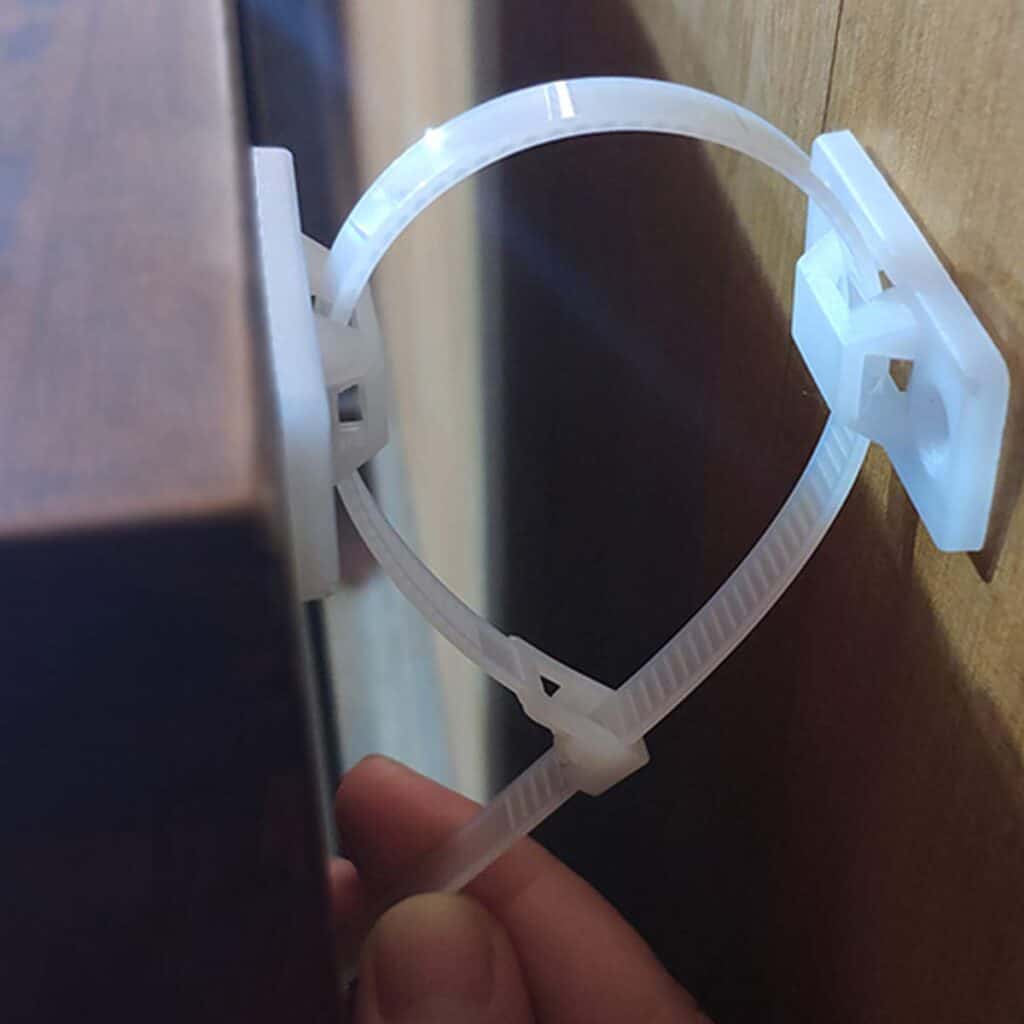
Ensure to fasten them tightly, so the bookshelf does not budge.
Otherwise, you can screw the straps directly to the wall by drilling a screw through the metal washer and nylon into the wall.
2. Using Velcro Straps
It is an alternative to drilling screws or installing brackets to the wall.
Instead, you can attach the bookshelf to the wall using a solid Velcro strip.
- Get an industrial 3M dual lock enclosable Velcro strip for attaching heavy items.
- Clean both the bookshelf surface and wall with isopropyl alcohol.
- Glue one side of the Velcro strip to the bookshelf’s back.
- Add as many Velcro strips as you want and push the unit against the wall.
- Allow the strips at least an hour to fully secure before trying to nudge the bookshelf.
3. Using Heavy Duty Tape or Glue
Heavy-duty glue works the same as the Velcro strip but with more success.
Urethane glue is a strong adhesive used for attaching heavy items and may stay in place for years. The only downside is that some glue residue will be left attached to the furniture and wall.
Ensure to clean both surfaces with isopropyl alcohol before applying the glue. Apply glue along the Backside of the bookshelf and press it against the wall.
Use masking tape or something heavy to keep the bookshelf in place until the glue dries.
4. Using QDOS Safety Anti-Tip Kit
Qdos Safety Anti-Tip Kit offers secure hook anchors to hold bookshelves or furniture in place.
It is designed with anti-tip technology and supports up to 200 lbs.
You can choose adhesive or screws; both are included in the kit. Even though you use screws, it will only make a tiny hole that will minimize the damage to the wall.
Attaching the adhesive or screw works the same way as installing screws, brackets, or heavy-duty glue.
Conclusion
Anchoring the bookshelf to the wall will save you much damage and even prevent fatal injuries that may cost lives.
Moreover, securing the bookshelf to the wall will provide security against curious children and pets often playing around the unit.
Follow this guide to figure out how to anchor the bookshelf to the wall, along with alternatives to drilling screws into the wall.
Related Article: How to Organize Home Office Filing System


